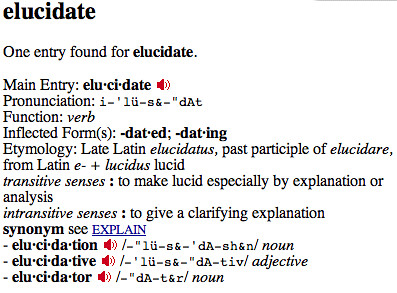
Studies have only begun to probe the effects of codon choice empirically in a relatively small number of reporter genes ( 12, 19– 22). ( 18) provide an excellent review of how biology chooses codons, systematic and exhaustive studies of codon choice in whole genomes are lacking. Additionally, codon use may impact translational fidelity ( 16), and the proteome may be tuned by fine control of the decoding tRNA pools ( 17). Several hypotheses attempt to explain how codon use mediates this effect, including but not limited to facilitating ribosomal pausing early in translation to optimize protein folding ( 13) adjusting mRNA secondary structure to optimize translation initiation or to modulate mRNA degradation preventing ribosome stalling by coevolving with tRNA levels ( 6) providing a “translational ramp” for proper ribosome spacing and effective translation ( 14) and providing a layer of translational regulation for independent control of each gene in an operon ( 15). These observations suggest that codon use plays a poorly understood role in regulating protein expression.

For example, rare codons are enriched at the beginning of essential genes ( 7, 8), and codon use strongly affects protein levels ( 9– 11), especially at the N terminus ( 12). However, within a given genome, codon bias differs among individual genes according to codon position, suggesting that codon choice has functional consequences. Although different species have evolved to prefer different codons, codon bias is largely consistent within each species ( 5). Although it is tempting to approximate synonymous codons as equivalent ( 2), most prokaryotes and many eukaryotes ( 3, 4) display a strong preference for certain codons over synonymous alternatives ( 5, 6).
#Antonym of elucidate code
The genetic code possesses inherent redundancy ( 1), with up to six different codons specifying a single amino acid. Our unbiased and systematic strategy for identifying unpredicted design flaws in synthetic genomes and for elucidating rules governing codon choice will be crucial for designing genomes exhibiting radically altered genetic codes. Using this method, we confirmed the relevance of the SRZ by tracking codon fitness over time in 14 different genes, finding that codons that fall outside the SRZ are rapidly depleted from a growing population. To evaluate synonymous and nonsynonymous alternatives to essential AGRs further, we implemented a CRISPR/Cas9-based method to deplete a diversified population of a wild-type allele, allowing us to evaluate exhaustively the fitness impact of all 64 codon alternatives.

Based on these observations, we empirically defined metrics for a multidimensional “safe replacement zone” (SRZ) within which alternative codons are more likely to be viable. Successful replacement codons tended to conserve local ribosomal binding site-like motifs and local mRNA secondary structure, sometimes at the expense of amino acid identity. We readily replaced 110 AGR codons with the synonymous CGU codons, but the remaining 13 “recalcitrant” AGRs required diversification to identify viable alternatives.

We created a strain of Escherichia coli with all 123 instances of AGR codons removed from all essential genes. The rare arginine codons AGA and AGG (AGR) present a case study in codon choice, with AGRs encoding important transcriptional and translational properties distinct from the other synonymous alternatives (CGN). The degeneracy of the genetic code allows nucleic acids to encode amino acid identity as well as noncoding information for gene regulation and genome maintenance.


 0 kommentar(er)
0 kommentar(er)
